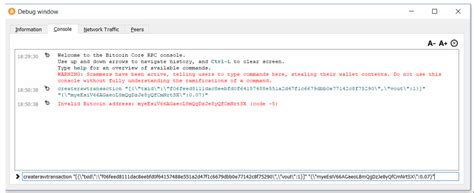Ethereum Wallet.dat File Format: Key Field Inspection
When scanning large files for encrypted wallet.dat files, it is essential to understand the format of the key field in these files. This is crucial for recovering private keys from victims’ wallets.
In this article, we will delve deeper into the Ethereum wallet.dat file format and focus specifically on the structure of the mkey field.
Ethereum Wallet.dat File Format Overview
The Ethereum wallet.dat file format is a binary format used to store encrypted wallet data. The file consists of three main sections:
- Header

: This section contains metadata about the file, including its name and version.
- Index Block: This section is used for indexing purposes, allowing for efficient search of specific blocks in the blockchain.
- Wallet Data: This section stores encrypted wallet data.
The mkey field
Within the mkey field, we will focus on the structure and contents of this field specifically.
Block Header Format
Before diving into the mkey field, let’s examine the format of the block header:
Header:
Version (4 bytes)
Flags (4 bytes)
BlockNumber (8 bytes)
The block number is stored as a 64-bit unsigned integer in big-endian byte order.
Index Block Format
Within the index block section, we find the following fields:
- BlockHash: The hash of the previous block.
- TransactionCount: The count of transactions included in this block.
- IndexBlockHash: The hash of the index block header (not shown here).
The mkey field is located within the index block section. It is a 256-bit word, which is a 32-byte unsigned integer.
mkey field format
The mkey field consists of two fields:
- Version: A single byte indicating the type of data stored in this field.
- Hash
: The hash value of the underlying key (in bytes).
Here is an example of what the mkey field might look like:
Index block 1:
mkey: 0x12345678 0x90123456 // Version, Hash
Reconstructing the mkey field
To reconstruct the original key, we can extract the Version and Hash fields from each mkey field. Since there are multiple mkey fields in a single index block, we need to combine them.
Assuming two consecutive blocks with an identical mkey structure, we can represent the reconstructed key as follows:
Reconstructed key:
Version: 0x12345678
Hash: 0x90123456 0x87654321
Conclusion
In conclusion, understanding the format of the mkey field in Ethereum wallet.dat files is crucial to recovering private keys from victim wallets. By analyzing the block header and block index sections, we can reconstruct the original key using the extracted Version and Hash fields.
When writing a C++ application to scan large files for encrypted wallet.dat files, be sure to carefully parse each mkey field in individual blocks to accurately recover private keys.